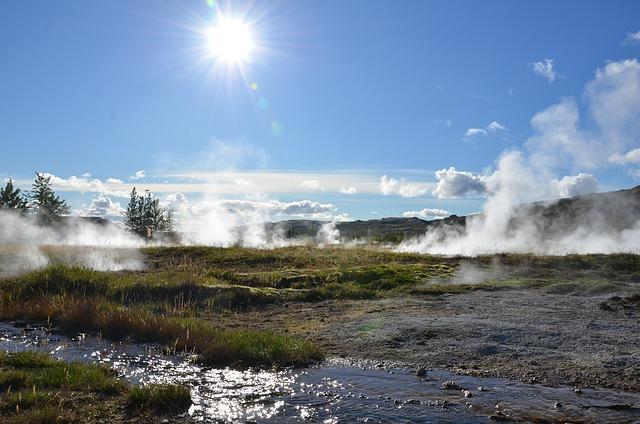- Introduction
- Geothermal Energy
- Geothermal Power Plants
- Geothermal Heating Systems
- Advantages of Geothermal Energy
- Conclusion
- FAQs
Introduction
Geothermal energy is a powerful force that comes from the heat within the Earth. It has been harnessed for various applications, including electricity generation and heating systems, making it a promising renewable energy source.
Geothermal Energy
Geothermal energy is thermal energy generated and stored in the Earth. The heat stems from the primordial heat found in the planet's core, combined with heat continuously produced by radioactive decay. This natural energy source can be accessed through various means, such as geothermal power plants and direct use systems like geothermal heating.
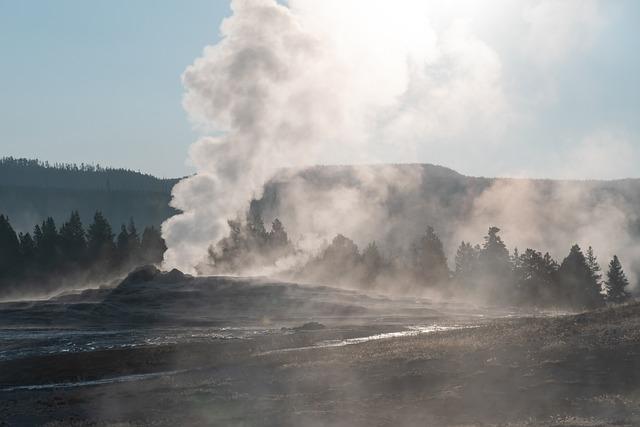
(Image: Pixabay/@Gruendercoach)
Geothermal energy is considered a sustainable and eco-friendly source of power, as it emits low levels of greenhouse gases compared to fossil fuels. Its reliability and availability make it a viable option for reducing dependency on non-renewable energy sources.
In geothermal power plants, steam or hot water from underground reservoirs is used to generate electricity. These plants are typically located in areas with high geothermal activity, such as geysers, volcanoes, and tectonic plate boundaries.
Geothermal Power Plants
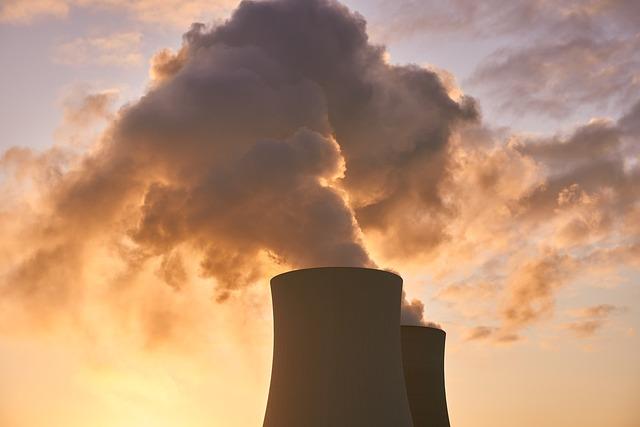
(Image: Pixabay/@distelAPPArath)
Geothermal power plants can operate 24/7, unlike certain renewable energy sources like solar and wind that are dependent on weather conditions. They provide a stable source of electricity, contributing to grid reliability and energy security.
The development of advanced technologies has made geothermal power generation more efficient and cost-effective. Enhanced geothermal systems (EGS) and binary cycle power plants are some innovative approaches being explored to further harness geothermal energy.
Geothermal Heating Systems
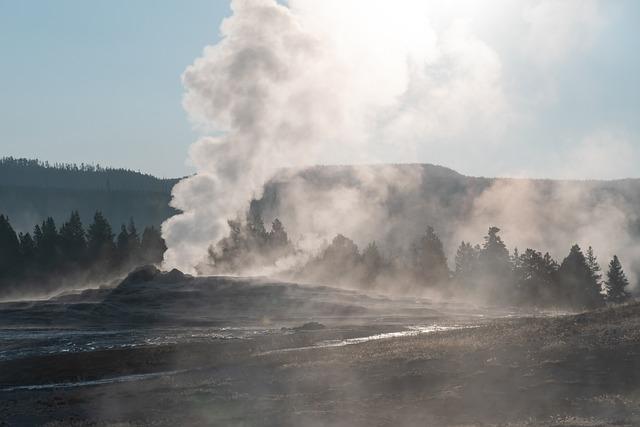
(Image: Pixabay/@Gruendercoach)
Beyond electricity production, geothermal energy is utilized for heating and cooling purposes in residential, commercial, and industrial settings. Geothermal heating systems use the constant temperature of the Earth to regulate indoor climate efficiently.
By circulating a fluid through underground pipes known as loops, geothermal heating systems can transfer heat to buildings in the winter and carry heat away in the summer. This process is both environmentally friendly and energy-efficient, offering long-term savings on heating and cooling costs.
Advantages of Geothermal Energy
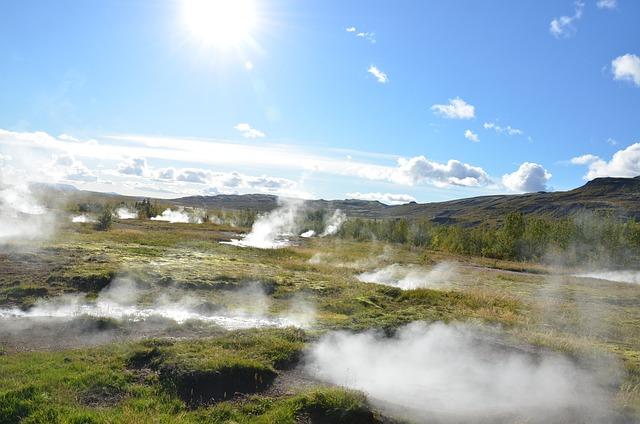
(Image: Pixabay/@longdan91)
Some key advantages of geothermal energy include its renewable nature, minimal environmental impact, and consistent availability. Unlike fossil fuels, geothermal energy is not subject to price volatility or supply constraints, providing stability for energy markets and consumers.
The utilization of geothermal energy can also promote economic development in regions abundant in geothermal resources. By investing in geothermal infrastructure, countries can create jobs, foster innovation in clean energy technologies, and reduce their carbon footprint.
Conclusion
Geothermal energy stands out as a reliable, sustainable, and versatile energy source with the potential to address today's energy challenges. Embracing geothermal technologies can lead to a greener future powered by clean and efficient renewable energy solutions.
FAQs
How does geothermal energy work?
Geothermal energy works by harnessing heat from beneath the Earth's surface and converting it into usable energy, either for generating electricity or directly for heating and cooling.
What are some drawbacks of geothermal energy?
While geothermal energy has many benefits, challenges like high upfront costs of installation, site-specific limitations, and potential environmental impacts need to be considered when implementing geothermal projects.

